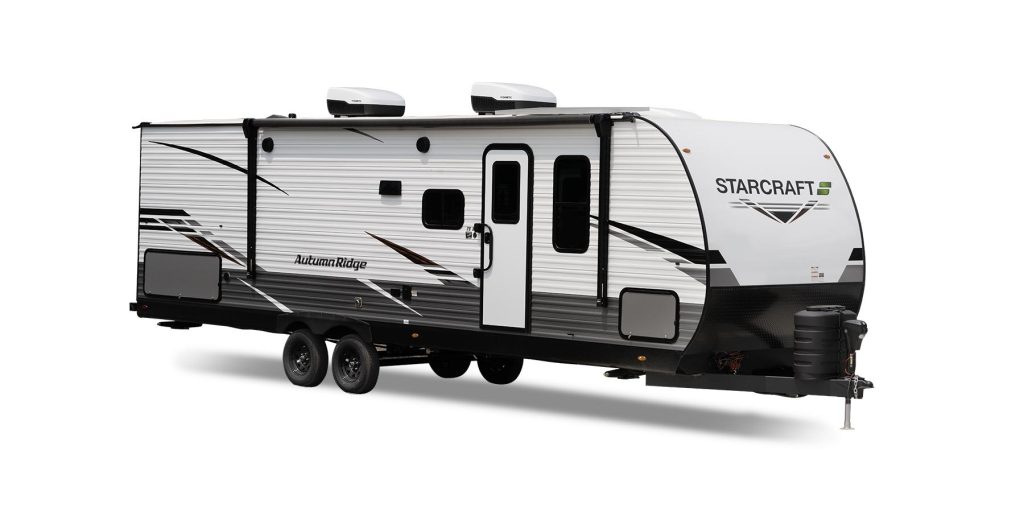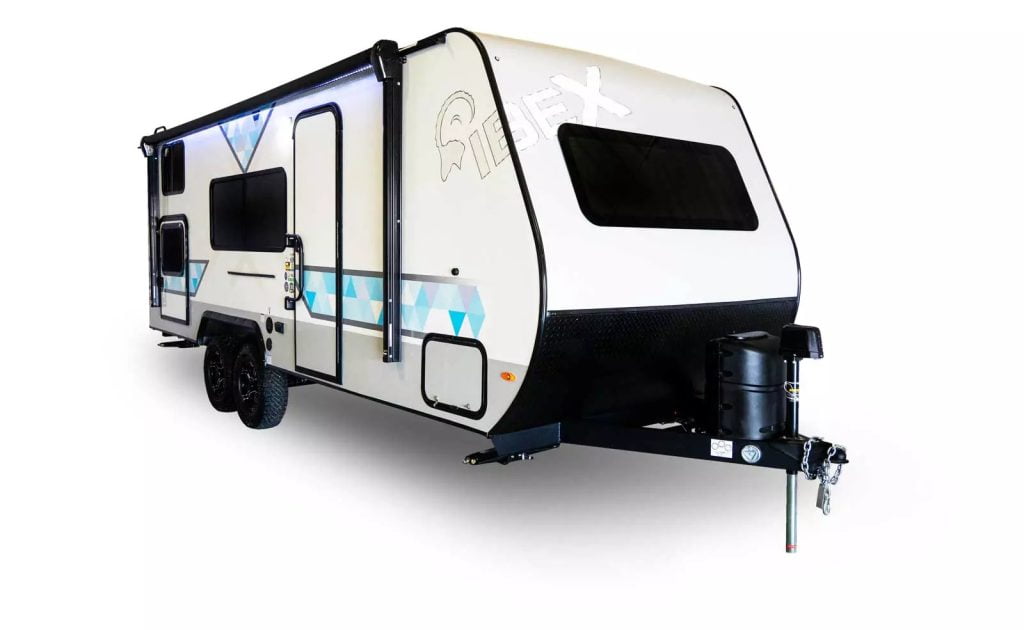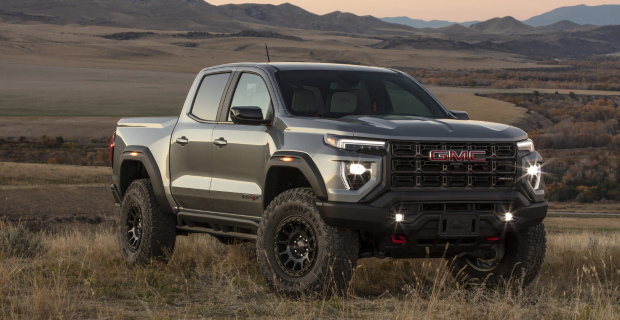Based on the current Jeep Wrangler, the Gladiator is instantly recognizable as a Jeep. The design team kept the legendary seven-slot grille and the keystone shaped brightwork. In fact, the front end of the truck and SUV are identical, and with good reason. The unique design of a Jeep is one of its greatest selling features, so basing the truck on this iconic look just makes good business sense.
If you’re trying to remember the last time Jeep offered a pickup – well, it’s been 28 years, long enough that two entire generations have grown up thinking that Jeep only builds the Wrangler. Prior to 1992 – when the last Comanche pickup rolled off the line – Jeep always had a truck as a companion to the original CJ, then the YJ and now the Wrangler.
Starting in 1947, Willys-Overland built a stretched CJ as a truck. In the ’60s that morphed into the first Gladiator and J-series pickups, which were built up to and through the ’70s.
In the 1980s, Jeep brought out the sporty Scrambler; only built for four years, these are very popular with collectors today. Finally, the Comanche pickup was introduced and marked the end of a 45-year run of Jeep trucks – until today, that is.
Jeep trucks are back. This new Gladiator’s body-on-frame design offers four doors on a stretched frame 31 inches longer than the Wrangler four-door. The truck wheelbase is also 19.4 inches longer. This design provides a five-foot cargo bed with a payload capacity of 1,600 lb. – a very decent load for a truck this size. I also noted that the bed is shallower than its competitors, meaning you can easily load and unload along its length without climbing up and into it. Inside, there are under-rail bed lights, integrated tie-downs and an external AC power plug (400W). There is also an available spray-in bedliner, bed divider and tonneau cover. The other reason for this raised cargo bed is the need to maintain the Jeep’s off-road capability, as well as make room for a spare tire (up to 35 inches) stowed underneath.
As for towing, the Gladiator is claiming a best-in-class rating for midsize trucks. It will tow up to 7,650 lb., which along with its payload capacity and space for four adults makes the Gladiator a versatile recreational hauler – well, certainly on weekends. But these numbers also suggest it will have a very worklike attitude Monday to Friday, as well.
Other highlights include use of new high-strength steel that promises the stiffest frame ever in a Jeep. But at the same time it has gone on a diet by using more aluminum in the doors, hinges, hood, fenders, windshield frame and tailgate than ever before. These weight savings no doubt enhance the payload and towing capacity. Suspension in the new Gladiator is tuned for good on-road handling and ride comfort – however, this is tempered with the need to maintain off-road capability.
To meet that need, the Gladiator will be available with the same packages as the Wrangler. These start with the Sport, Sport S, Overland and Rubicon. These packages offer a variety of interior appointments but also progressively upgrade its off-road capabilities, so the buyer can virtually customize their new Gladiator.
For starters, the Gladiator Sport, Overland and Rubicon models receive a Trail Rated badge which includes features such as:
- Command-Trac 4×4 system with 2.72:1 crawl ratio standard on Sport and Overland models
- Rock-Trac 4×4 system with a “4LO” ratio of 4:1 on Rubicon models as well as third-generation Dana 44 axles, Tru-Lock electric front- and rear-axle lockers, Trac-Lok limited-slip differential and segment exclusive sway-bar disconnect.
- Skid plates and front and rear tow hooks
- Standard on Rubicon: rear steel heavy-duty off-road rear bumper and available front steel winch-ready bumper with removable end caps
- Approach angle of 43.6 degrees, breakover angle of 20.3 degrees, departure angle of 26 degrees and ground clearance of 11.1 inches
- Aggressive available 17-inch off-road wheels; Rubicon models get 33-inch tires standard
- Up to 30 inches of water fording
Standard powertrain on the Gladiator starts with the veteran 3.6L Pentastar V6 engine that makes 285 hp and 260 lb.-ft. of torque, with engine stop/start and a six-speed manual transmission; an eight-speed automatic is optional. A second powertrain will become available in 2020: a 3.0L EcoDiesel rated at 260 hp and 442 lb.-ft. of torque, only available with the eight speed automatic transmission.
On a personal note, I have to add that the Gladiator has travelled a very long road to production. I first saw a concept called the M-80 around 2003 and another almost-ready model (called the Gladiator) at the New York Auto Show in 2005. If you consider the time frame of these first glimpses of Jeep’s next truck, you realize that they came during a turbulent time in the auto industry – and in the company’s history, in particular. Consider that in the last dozen years, Chrysler has been bought and sold three times, flirted with bankruptcy and then had to endure “partners” who didn’t share its vision for Jeep. Thankfully, Jeep is now stronger than ever and the tide has turned. Finally, here we are with a new Jeep pickup. As I watched the company from the sidelines, it was obvious (to me) that even in the dark days, a core of true believers was quietly shepherding the return of the truck. Thank you for not giving up, and welcome to the Gladiator.
Built in Toledo, Ohio, the all-new 2020 Jeep Gladiator arrives in showrooms in the second quarter of 2019.




